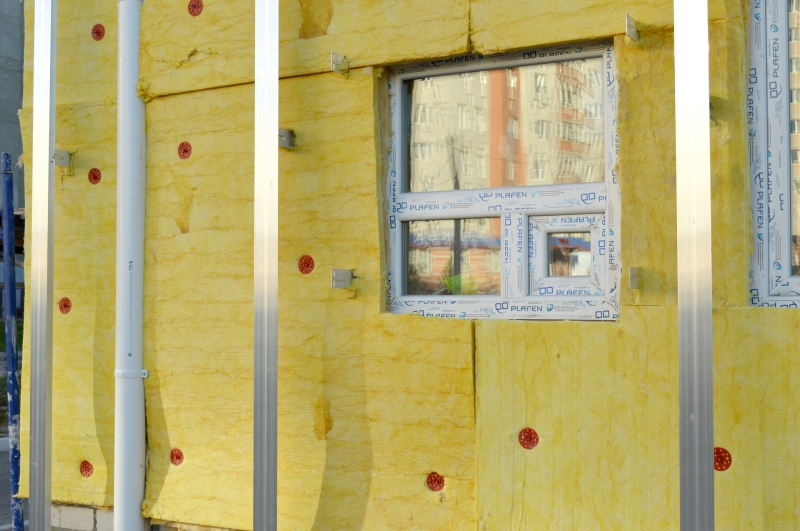With rising energy prices, it is understandable that many people are looking at ways to make their homes and workplaces more energy efficient. One way is through insulating your property. If your property has solid walls, you have the choice of both external or internal wall insulation. These will help to reduce heat loss through your walls, keeping your home warmer and your bills lower.
What is internal wall insulation?
Internal Wall Insulation (IWI) provides a full internal layer of insulation between the masonry wall and your interior decoration. It is designed to keep the interior of the building warm. It is applied to the inner face of external walls within a building. It’s usually either bonded or screwed to the walls, and to be truly effective it goes all the way up to meet the roof insulation. Internal wall insulation can improve your home's thermal efficiency.
However, it also changes the fabric of your property, and if it's not specified carefully, it can cause damp and condensation issues too. Whilst it can bring significant improvements to the energy efficiency of the building and comfort of the occupants, it must be considered thoroughly. Calculations should be carried out to determine if it can be installed without being detrimental to the fabric of the building or health of the occupants.
Why would you choose internal wall insulation?
Internal insulation is designed to be used on solid walls, which can either be man-made solid, cavity brick or block walls or solid natural stone walls, and there are many different materials it can be made from.
There are numerous reasons why you might choose internal insulation. Possibly the main one is that for certain solid wall properties it is the only option, particularly if the property is in a conservation area, where planning permission might not be given for external wall insulation. Internal wall insulation is generally cheaper to install than external too. However, the downside is that it reduces your property’s floor area, so this needs to be taken into consideration.
What is external wall insulation?
External Wall Insulation (EWI) offers an alternative way of making homes more thermally efficient. It consists of a layer of insulation that's fixed directly against the outside of your existing wall. This is then finished with either a coat of render, an alternative cladding or brick slips to protect it from the elements.
Why would you choose external wall insulation?
External wall insulation is generally selected for solid wall properties, where there's no option for cavity wall insulation and internal wall insulation will affect the floor plan too much. It can also be applied to cavity walls if designed and detailed correctly. External wall insulation can make use of a range of materials, including expanded polystyrene, mineral wool, rigid foams and woodfibre products. As well as its insulation properties, unlike the installation of internal insulation, it does not disrupt the house while it is being installed or reduce usable internal floor area.
Whichever type of wall insulation route you choose, it’s well worth discussing your requirements with an architectural practice first. They will be able to advise you on the best course of action and help you address the challenges of the option you choose – whether that is the internal layout after the internal wall insulation, or gaining planning permission for the installation of your external insulation. With a certified Passivhaus Designer within our team, we are best placed to accurately calculate and predict the benefits and potential risks associated with different possible solutions. Please contact us for more information.








